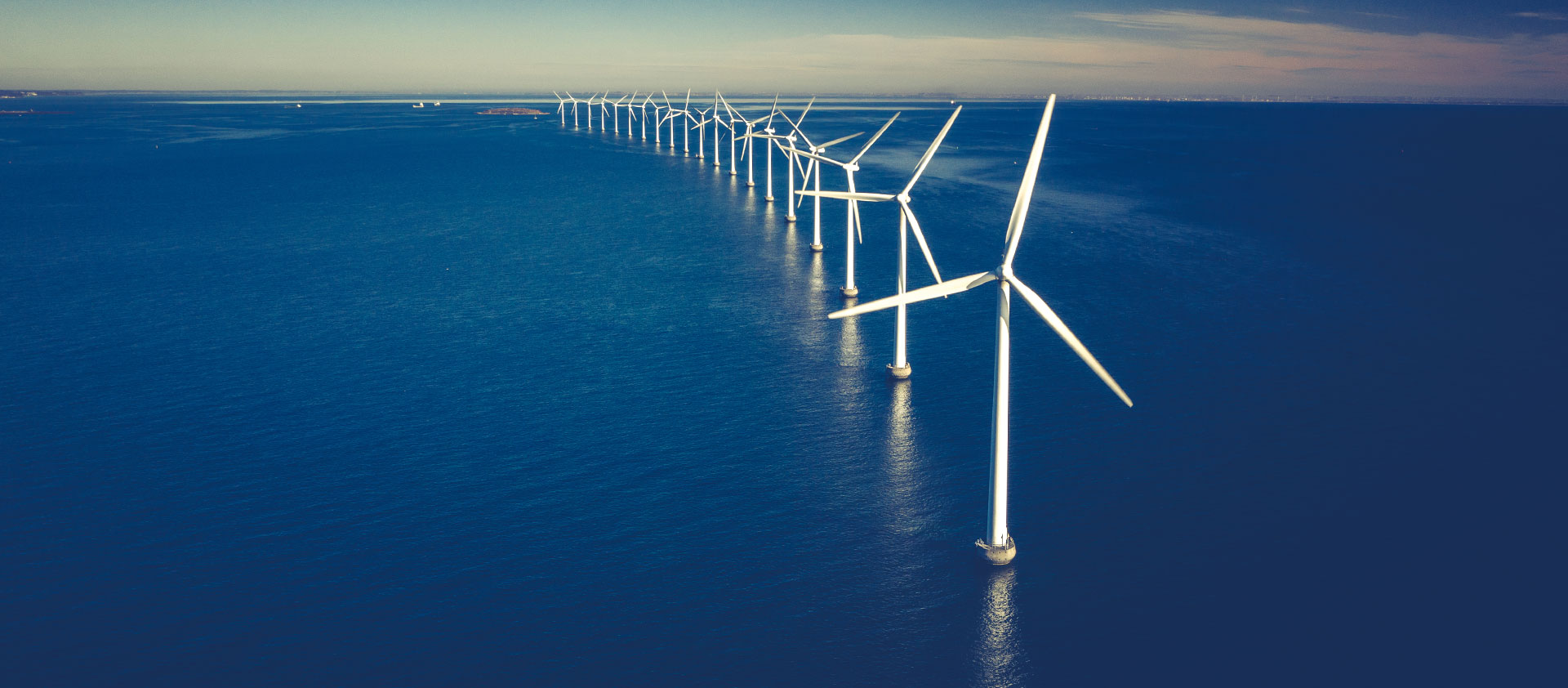AER AGL Aluminium Batteries Battery Budget BYD CATL CBAM China Coal Critical minerals Decarbonisation DMO Election Electric Vehicle Electricity/electrification Energy crisis Federal Election Finance Sector & Emissions gas Green Iron/Steel Hydrogen India & Adani Nuclear offshore wind Oil OP EDS Peter Dutton Podcasts Renewables Solar Tariff Taxes and subsidies US IRA/EU NZIA et al Wind
OP ED | Coalition’s nuclear split leaves Labor with zero excuses on climate and renewables
Renew Economy
Watch the US: fears of Chinese investment in Australia overblown
Michael West Media
Tesla battery maker sees shares jump on Hong Kong debut
Capital FM
Tesla battery maker sees shares jump on Hong Kong debut
BBC
Why China’s cash-rich battery king needs a blockbuster share sale
The Financial Times
Consumers want to get off gas but there’s a mighty battle under way
Fifth Estate
How Xi sparked China’s electricity revolution
The Financial Times
Sustainable Population Australia Newsletter on will there be enough renewable energy
Sustainable Population Australia
Thirteen things on Labor’s climate and energy must-do list to change the system
Pearls & Irritations
Thirteen things on Labor’s climate and energy must-do list to change the system
Renew Economy
OP ED | Nuclear dead, ambitious energy transformation mandate alive and well
Canberra Times
Australian clean energy leaders urge Albanese to speed up renewables push
PV Magazine
